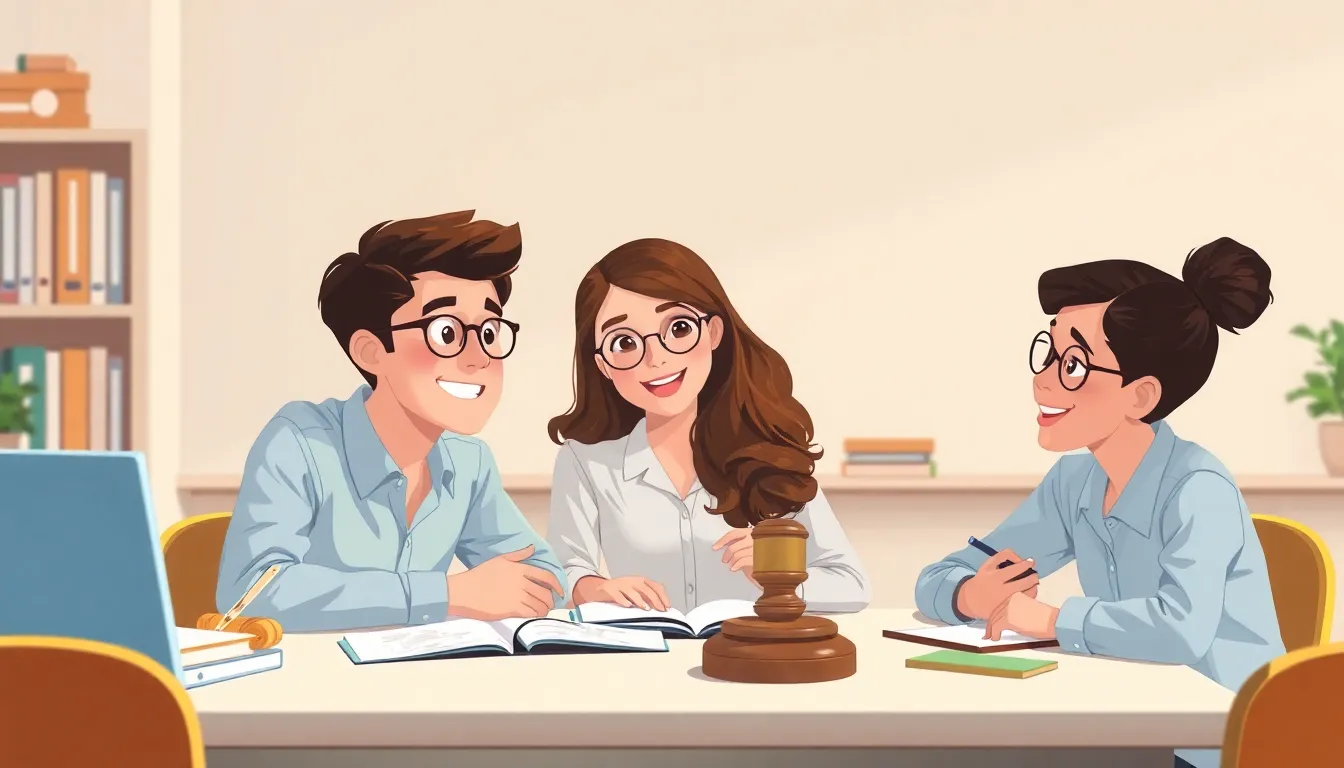
Administrative Law
What Is Administrative Law?
Administrative law is the part of government that deals with the rules made by public agencies. These agencies are not the Parliament or Congress; they are specialised bodies such as the environmental agency, the health department, or the transport authority. The big laws passed by lawmakers set the overall goals – for example, “keep the air clean.” Administrative agencies fill in the details, writing regulations that explain how those goals will be achieved in everyday life.
How It Works
1. Making Rules
- An agency spots a problem or a new need.
- It gathers information from experts, scientists, businesses and the public.
- After studying the evidence, the agency drafts a regulation – a detailed rule that explains what must be done.
- The draft is usually published for comment, so anyone can suggest changes before it becomes final.
2. Enforcing Rules
- Once a regulation is approved, the agency monitors the people and companies it affects.
- Inspectors may visit workplaces, test products, or review paperwork to see if the rules are being followed.
- If a breach is found, the agency can issue warnings, fines, or other penalties.
3. Resolving Disputes
- Sometimes a person or business thinks a regulation is unfair or was applied incorrectly.
- They can challenge the decision in an administrative tribunal – a special court that deals only with these kinds of disputes.
- The tribunal reviews the case, listens to both sides, and decides whether the agency acted within its legal powers.
Why It Matters
Administrative law turns broad, high‑level laws into clear, practical instructions. Think of a toy safety law that says “all toys must be safe for children.” The agency responsible for consumer protection writes the exact standards – such as limits on small parts, chemical limits, and testing procedures.
Because agencies can act quickly, they can respond to new technologies, health scares, or environmental threats without waiting for a whole new law to be passed. This speed helps protect public health, the environment, and consumer rights.
At the same time, the system of reviews and tribunals keeps agencies honest. If an agency tries to go beyond the authority given by Parliament, the courts can step in and stop it. This balance ensures that the government works efficiently while respecting the rights of individuals and businesses.